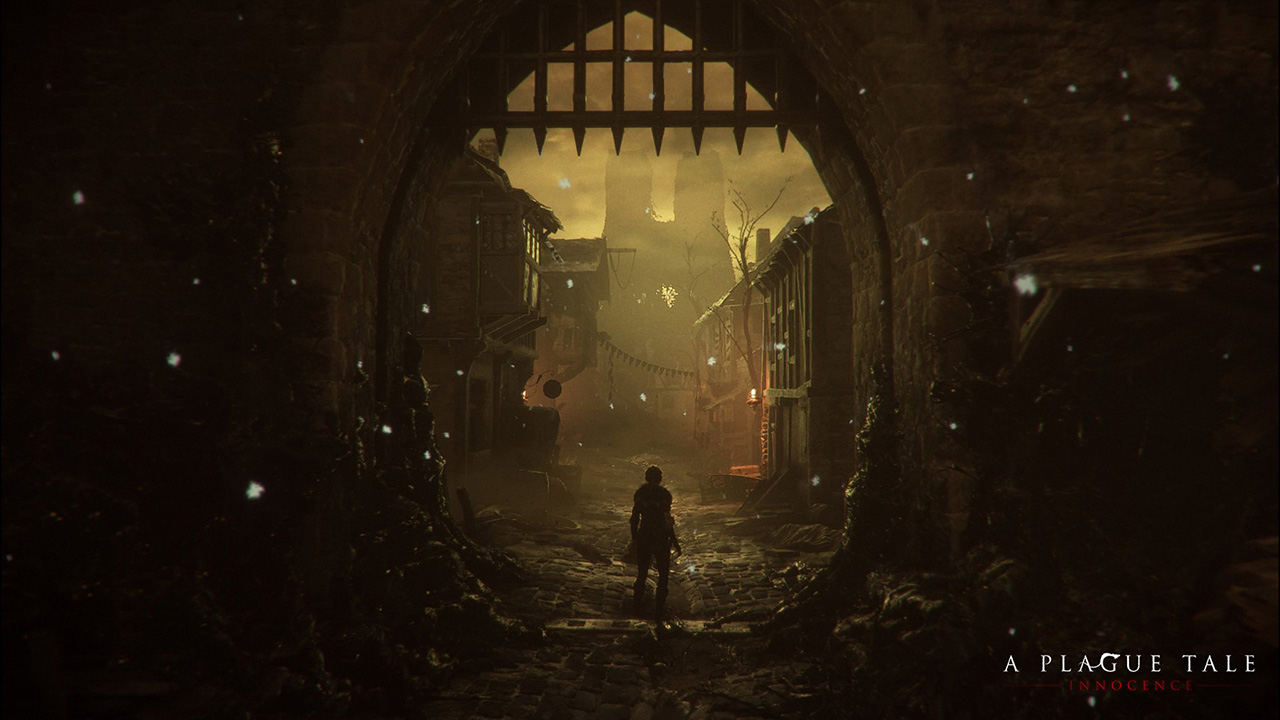- 2011 - A trip through the Graphics Pipeline 2011
- 2013 - Performance Optimization Guidelines and the GPU Architecture behind them
- 2015 - Life of a triangle - NVIDIA's logical pipeline
- 2015 - Render Hell 2.0
- 2016 - How bad are small triangles on GPU and why?
- 2017 - GPU Performance for Game Artists
- 2019 - Understanding the anatomy of GPUs using Pokémon
| #include "../platform/platform.h" | |
| #include <cstdlib> | |
| #include <cstring> | |
| #include <bgfx/bgfx.h> | |
| #include <bgfx/embedded_shader.h> | |
| #include <bx/allocator.h> | |
| #include <bx/math.h> | |
| #define NK_IMPLEMENTATION |
| // Copyright 2019 Google LLC. | |
| // SPDX-License-Identifier: Apache-2.0 | |
| // Polynomial approximation in GLSL for the Turbo colormap | |
| // Original LUT: https://gist.github.com/mikhailov-work/ee72ba4191942acecc03fe6da94fc73f | |
| // Authors: | |
| // Colormap Design: Anton Mikhailov ([email protected]) | |
| // GLSL Approximation: Ruofei Du ([email protected]) |
-
A. Schneider, "Real-Time Volumetric Cloudscapes," in GPU Pro 7: Advanced Rendering Techniques, 2016, pp. 97-127. (Follow up presentations here, and here.)
-
S. Hillaire, "Physically Based Sky, Atmosphere and Cloud Rendering in Frostbite" in Physically Based Shading in Theory and Practice course, SIGGRAPH 2016. [video] [course notes] [scatter integral shadertoy]
-
[R. Högfeldt, "Convincing Cloud Rendering – An Implementation of Real-Time Dynamic Volumetric Clouds in Frostbite"](https://odr.chalmers.se/hand
WARNING: Article moved to separate repo to allow users contributions: https://github.com/raysan5/custom_game_engines
A couple of weeks ago I played (and finished) A Plague Tale, a game by Asobo Studio. I was really captivated by the game, not only by the beautiful graphics but also by the story and the locations in the game. I decided to investigate a bit about the game tech and I was surprised to see it was developed with a custom engine by a relatively small studio. I know there are some companies using custom engines but it's very difficult to find a detailed market study with that kind of information curated and updated. So this article.
Nowadays lots of companies choose engines like [Unreal](https:
| #include <cstdio> | |
| #include <cmath> | |
| struct float2 | |
| { | |
| float x = 0.0f; | |
| float y = 0.0f; | |
| float2() {} | |
| float2( float _x, float _y ) { x = _x; y = _y; } | |
| }; |
| uint16_t encode16_morton2(uint8_t x_, uint8_t y_) | |
| { | |
| uint32_t res=x_|(uint32_t(y_)<<16); | |
| res=(res|(res<<4))&0x0f0f0f0f; | |
| res=(res|(res<<2))&0x33333333; | |
| res=(res|(res<<1))&0x55555555; | |
| return uint16_t(res|(res>>15)); | |
| } | |
| //---- |
A quick breakdown of lighting in the restir-meets-surfel branch of my renderer, where I revive some olde surfel experiments, and generously sprinkle ReSTIR on top.
Please note that this is all based on work-in-progress experimental software, and represents a single snapshot in development history. Things will certainly change 😛
Due to how I'm capturing this, there's frame-to-frame variability, e.g. different rays being shot, TAA shimmering slightly. Some of the images come from a dedicated visualization pass, and are anti-aliased, and some show internal buffers which are not anti-aliased.
